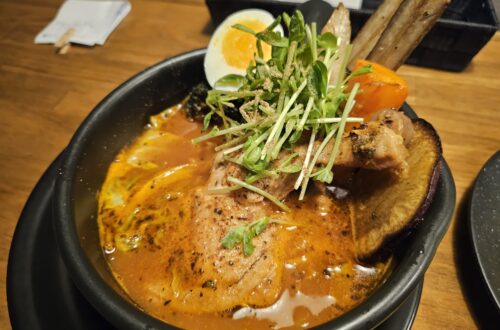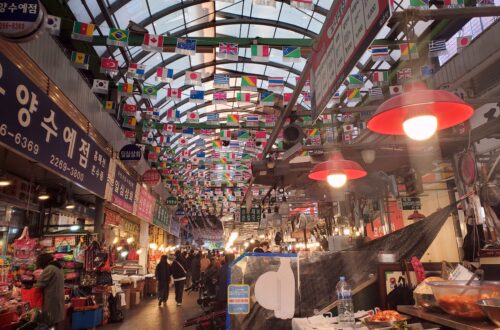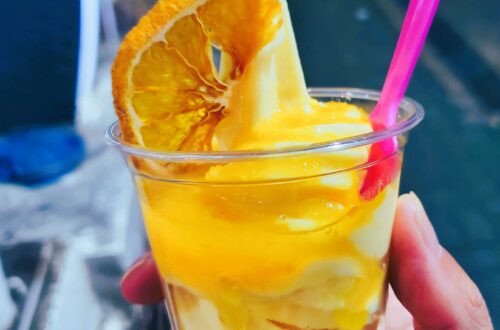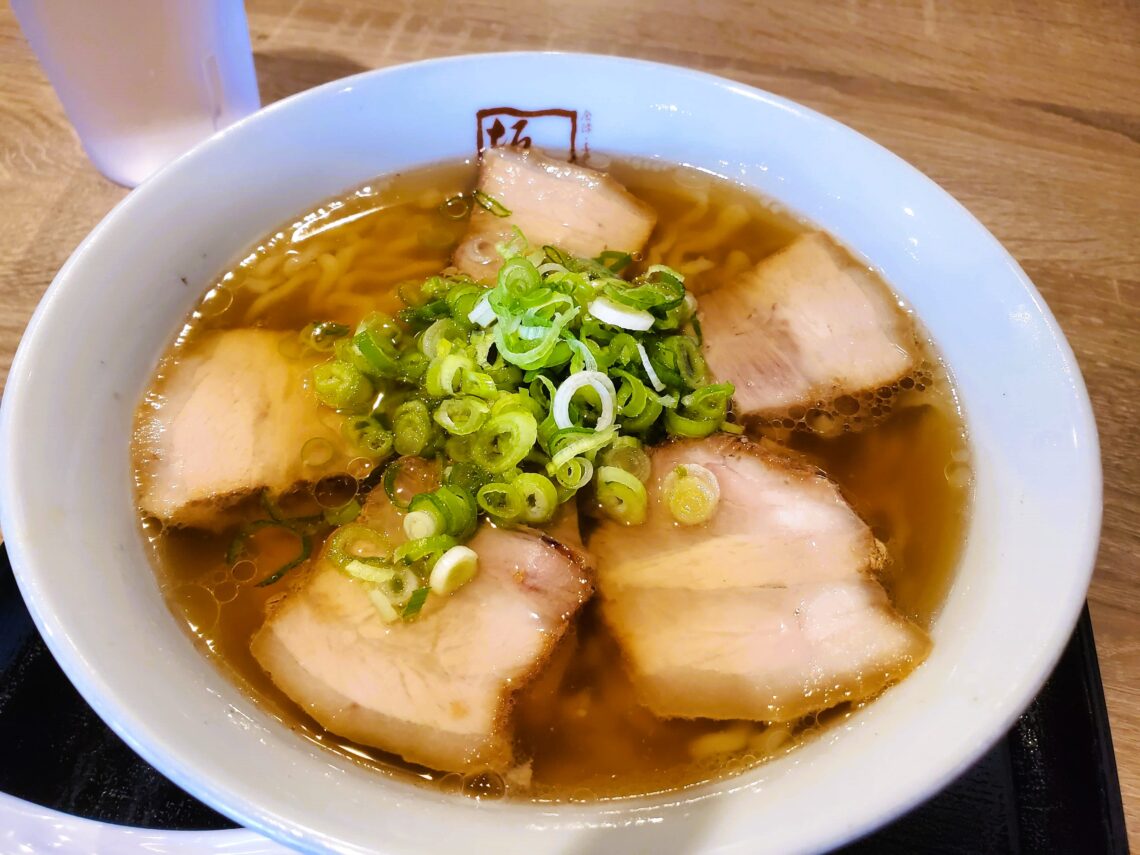
What Makes Kitakana Ramen Ban Nai’s Broth So Different And Unique
The Background
Kitakana Ramen Ban Nai has deep roots in Japan. First opening its doors in the city of Kitakata back in 1958, its popularity has steadily grown over the past six decades. Now, with 66 locations in Japan, Kitakana Ramen Ban Nai has taken root in the United States as well. Currently, there are seven location in the United States all in Southern California and Illinois. Four of the locations are in Orange County.
Kitakana is, in itself a different type of ramen then the better known Sapporo (miso broth) and Hakata (tonkotsu). The three of these types of ramen comprise the “Big 3” in Japan. Kitakana ramen differs from it’s ramen counterparts due to its broth and noodles. The broth is made from long-simmered pork bones with a shoyu (soy sauce) base. The noodles differ from other ramen due to how flat, wide, and curly they are.
The Experience
Recently, I stopped by the Fountain Valley location for lunch to check it out. I’d been to the Costa Mesa restuarant but this was the first time trying the Fountain Valley spot.
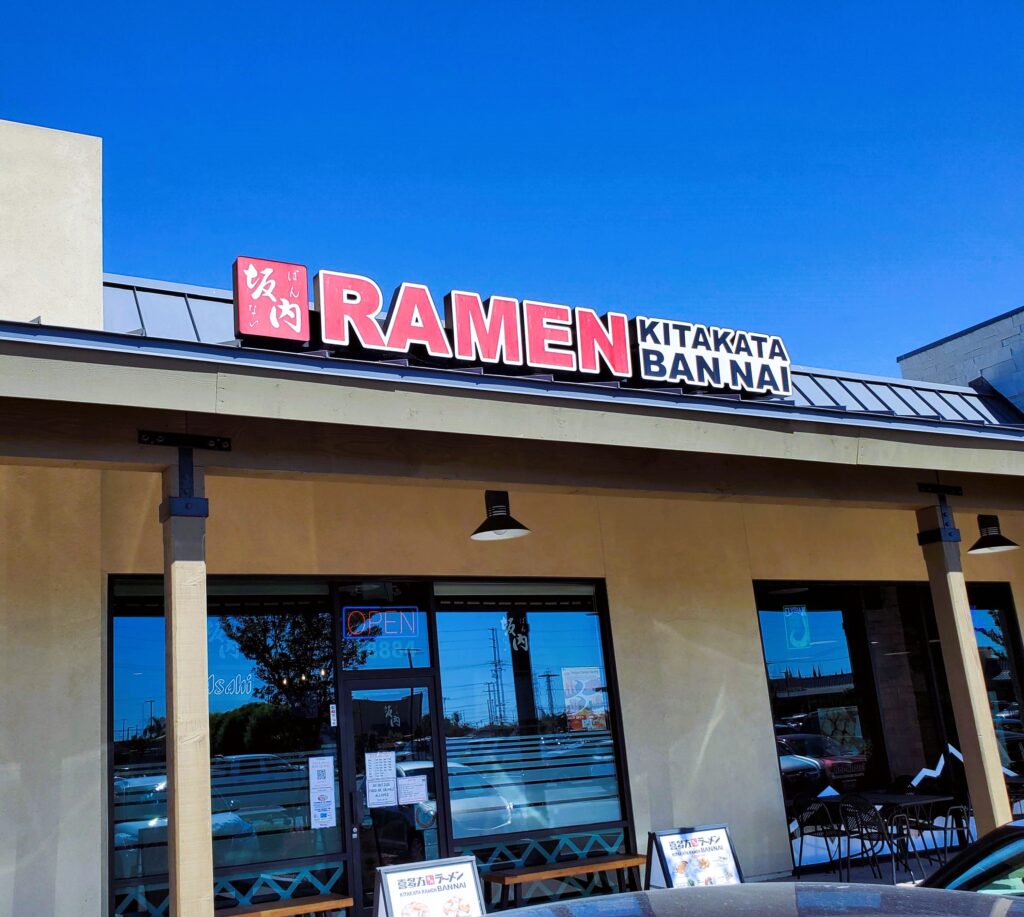
This location is much larger than the Costa Mesa restaurant with ample parking. Both huge positives.
The menu is the same at both locations. There’s actually quite a few diffferent types of ramen offered here.
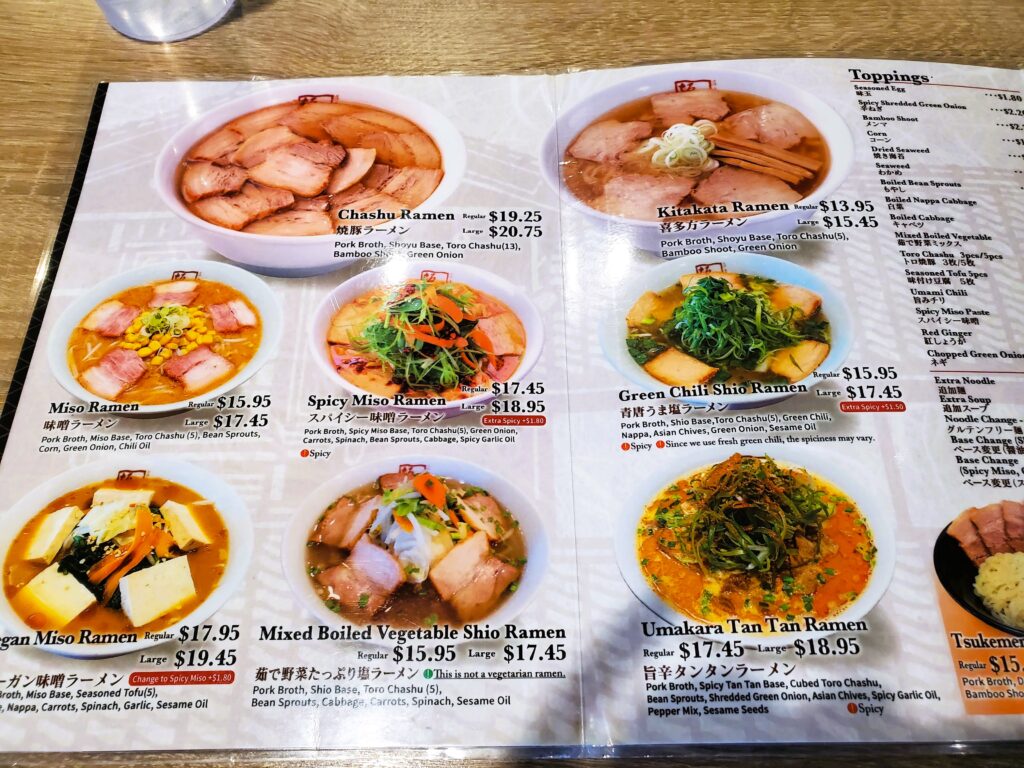
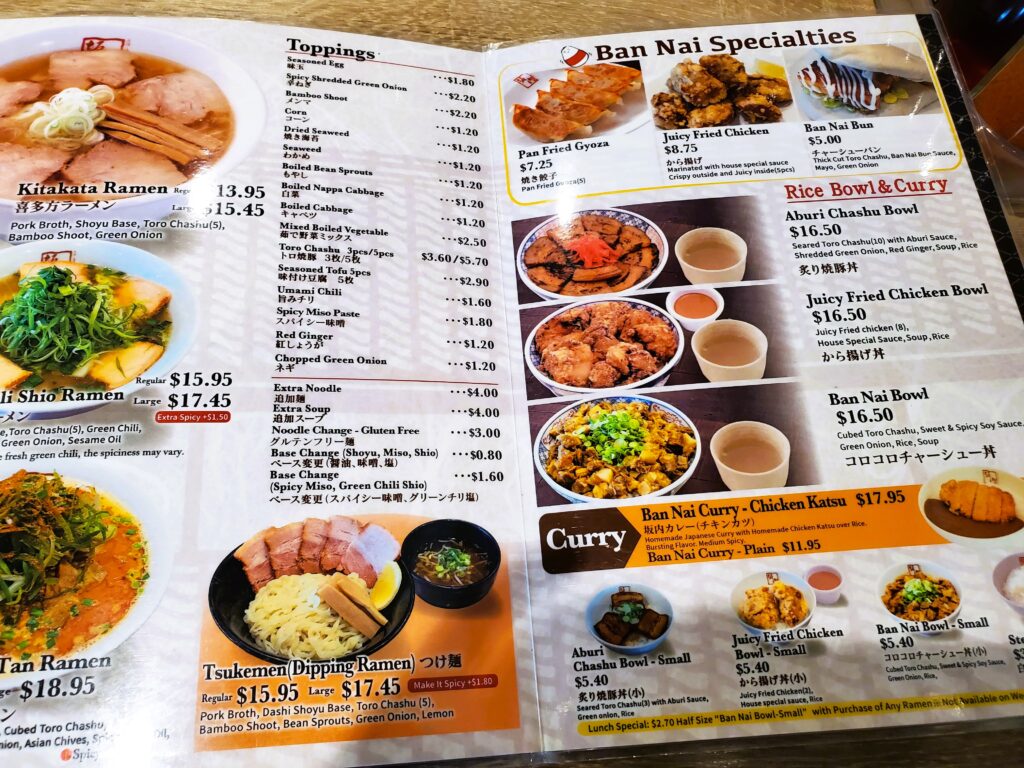
I went with the Kitakata Ramen ($13.95) since I wanted to try the both. I had the Spicy Miso before but hadn’t tried the Kitakata.
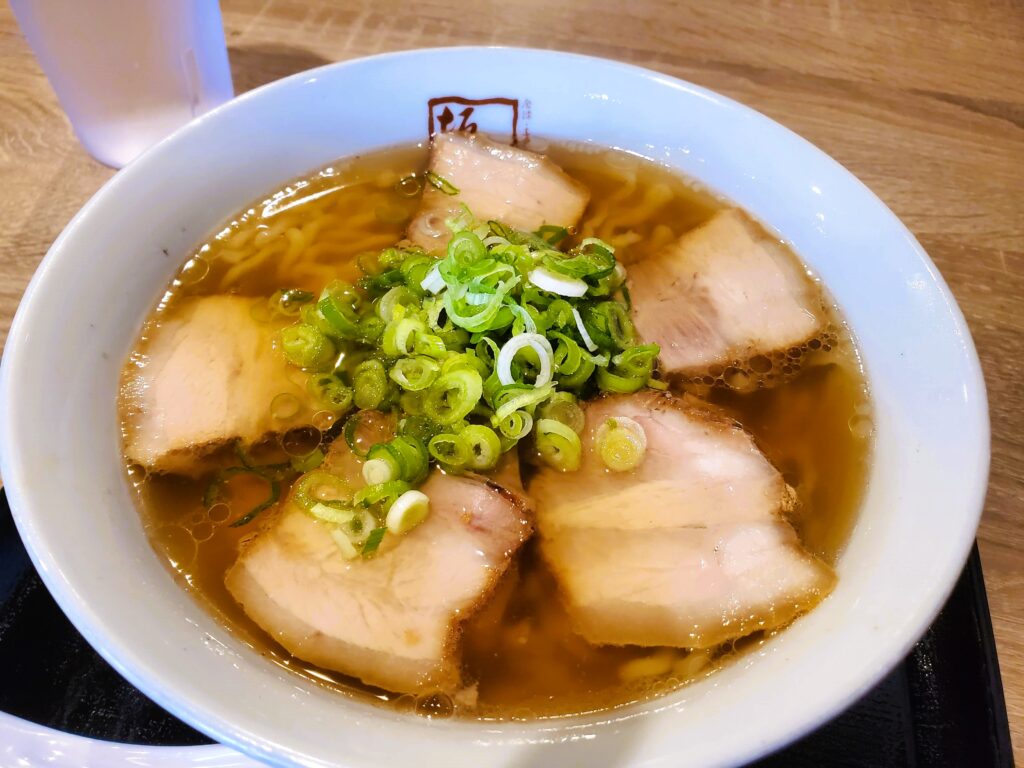
The Kitakata Ramen comes with 5 pieces of Toro-Chashu, bamboo shoots, and green onion. As I mentioned previously, this is a pork broth with shoyu (soy sauce) base. Compared to miso or tonkatsu, it’s a much clearer broth.
This broth also stands out from other broths due to how light it is. Like much, much lighter. This doesn’t have that same deep, rich flavor that miso or tonkatsu does. That doesn’t take anything away from this broth, it tastes great and I thoroughly enjoyed it.
You can definitely taste the pork flavor. However, it’s more subdued compared to the shoyu flavor. It’s a great blend and the two flavors certainly mix well together.
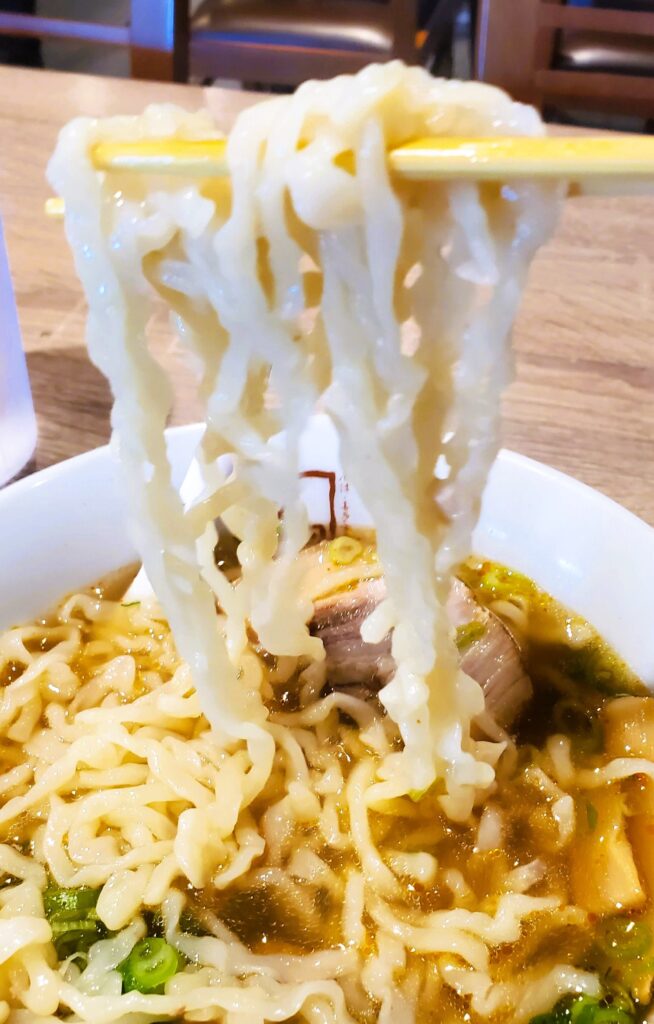
The noodles really stood out to me. These are certainly thicker and quite wavy compared to other ramen noodles. But, what really stood out was how chewy they were. These seemed more in line with udon type of noodles with their chewiness. It was a good surprise!

The Toro-Chashu is something unique to Kitakata Ramen as well. Simmered for several hours in their secret sauce, the pieces of chashu here are much smaller cuts than chashu in other types of ramen.
Tender, with some fat, I found the chashu to be quite flavorful. The more pieces I ate the saltier they seemed. But since the broth is lighter it adds a little bit more flavor and didn’t bother me.
The bamboo shoots were a nice touch. They were included in the base ramen, which was great, since I usually order it as a side.
The Verdict
There’s many ramen restuarants in Orange County offering miso and tonkatsu base broths but few, if any, are making the Kitakana style as their main broth.
The lightness of the broth, which still retains excellent flavor, impressed me. The chewiness of the noodles was also very enjoyable and unique. They’re some of the best ramen noodles I’ve had in the Orange County area.
If you’re in the mood for a lighter kind of ramen, Kitakana Ramen Ban Nai is an excellent option!
Address: 18884 Brookhurst St, Fountain Valley, CA 92708
Hours:
| Thursday | 11 AM–3 PM, 5–10 PM |
| Friday | 11 AM–3 PM, 5–10 PM |
| Saturday | 11 AM–10 PM |
| Sunday | 11 AM–9 PM |
| Monday | 11 AM–3 PM, 5–10 PM |
| Tuesday | 11 AM–3 PM, 5–10 PM |
| Wednesday | 11 AM–3 PM, 5–10 PM |
Phone: (714) 884-3124


